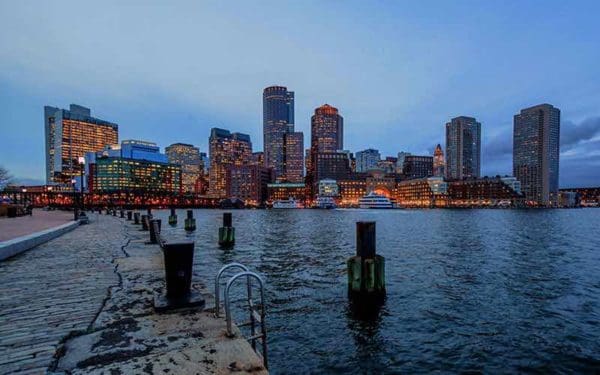Conservation Matters: Winter 2024
CLF will continue to counter Trump and make climate and environmental progress in the next four years.
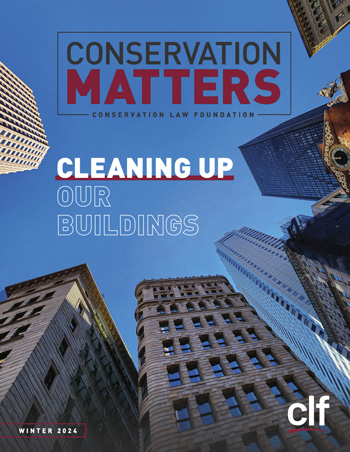
CLF will continue to counter Trump and make climate and environmental progress in the next four years.

We won’t accept polluted water, dangerous heat, and unpredictable energy costs as foregone conclusions in our communities—and our banks shouldn’t either. Instead, banks should work to enrich our communities with long-term, sustainable solutions that will improve residents’ health and welfare.
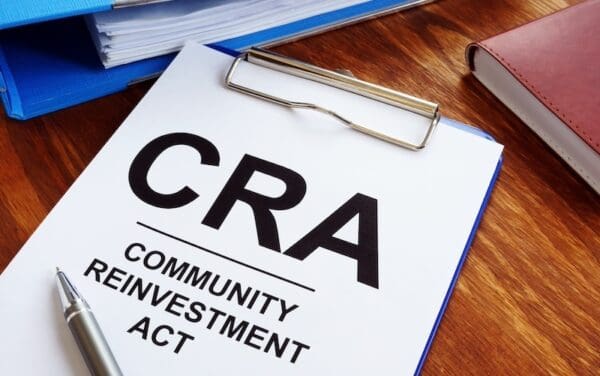
A local podcast on gentrification is starting conversations and building community in Brockton.

A zine created by Chelsea residents uses art and creative writing to highlight key data from the Healthy Neighborhoods Study.

The Healthy Neighborhood Study initiative is helping to revitalize New Bedford by celebrating its rich cultural history.
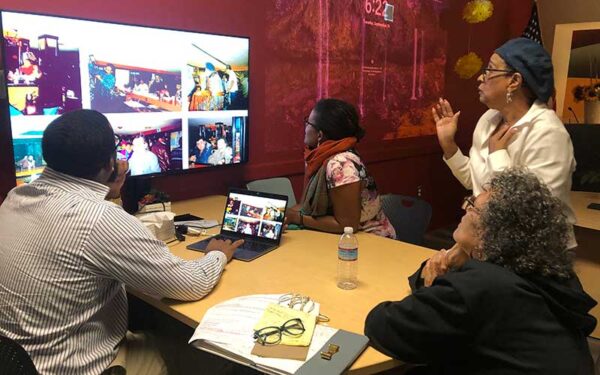
Electrical outages affect some communities more than others.
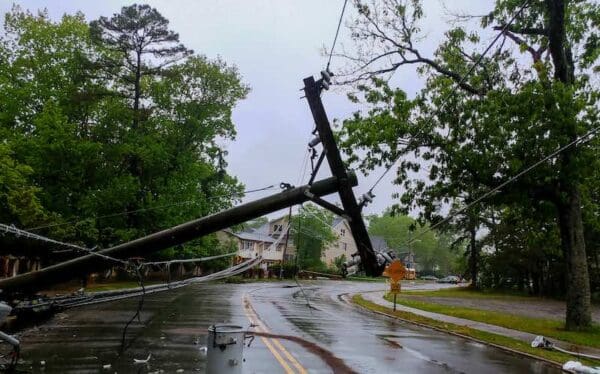
“Widespread gentrification and neighborhood changes are clearly impacting the health of longtime residents,” said Reann Gibson, an HNS Research Scientist at Conservation Law Foundation (CLF). “Decades of redlining and racism have affected communities of color, and now gentrifying development is threatening these neighborhoods all over again. The study’s findings are yet one more reason why people must have power over the changes that could profoundly alter their communities.”
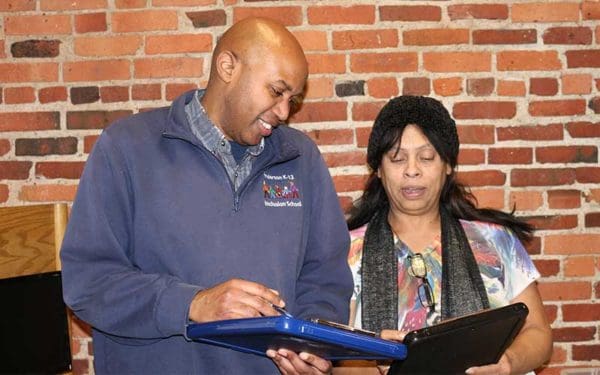
We are helping to make our built environment healthier for all.

Residents tell us of a stark contrast between lower-income neighborhoods and those of their wealthier neighbors: Trees. WIthout greenery, heat absorption by concrete is abundant.
“We aren’t just seeing moves. We’re seeing forced moves that are caused by social and economic forces which create ripple effects in communities,” said Reann Gibson, Senior Research Fellow at Conservation Law Foundation and manager of the Healthy Neighborhoods Study. “It’s so important to listen to residents to deepen our understanding of their lived experiences, to identify the data that best captures those experiences, and to interpret the findings in a way that truly demonstrates the impact of displacement on health and wellbeing. We must now use this data to enact real change in these neighborhoods.”
